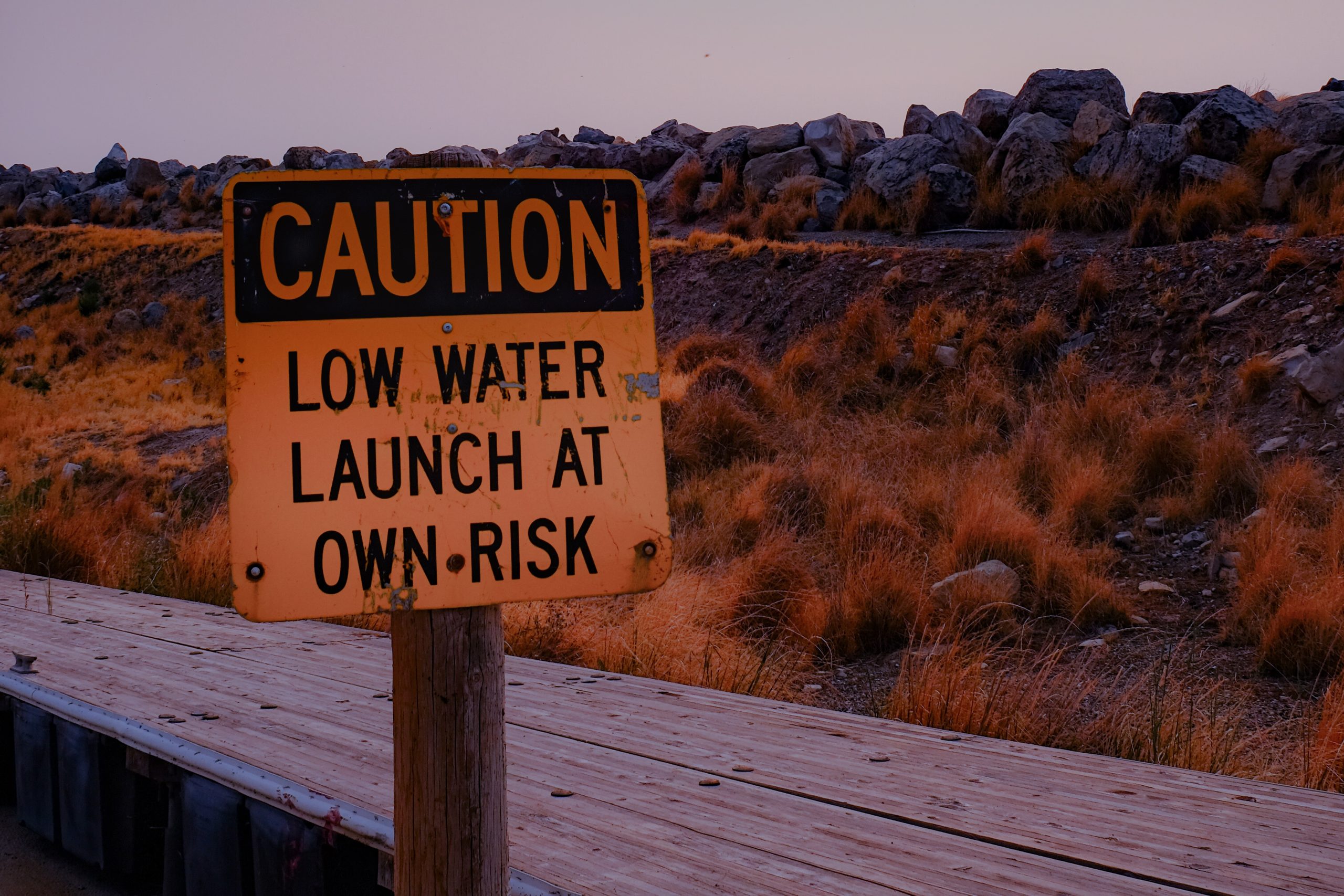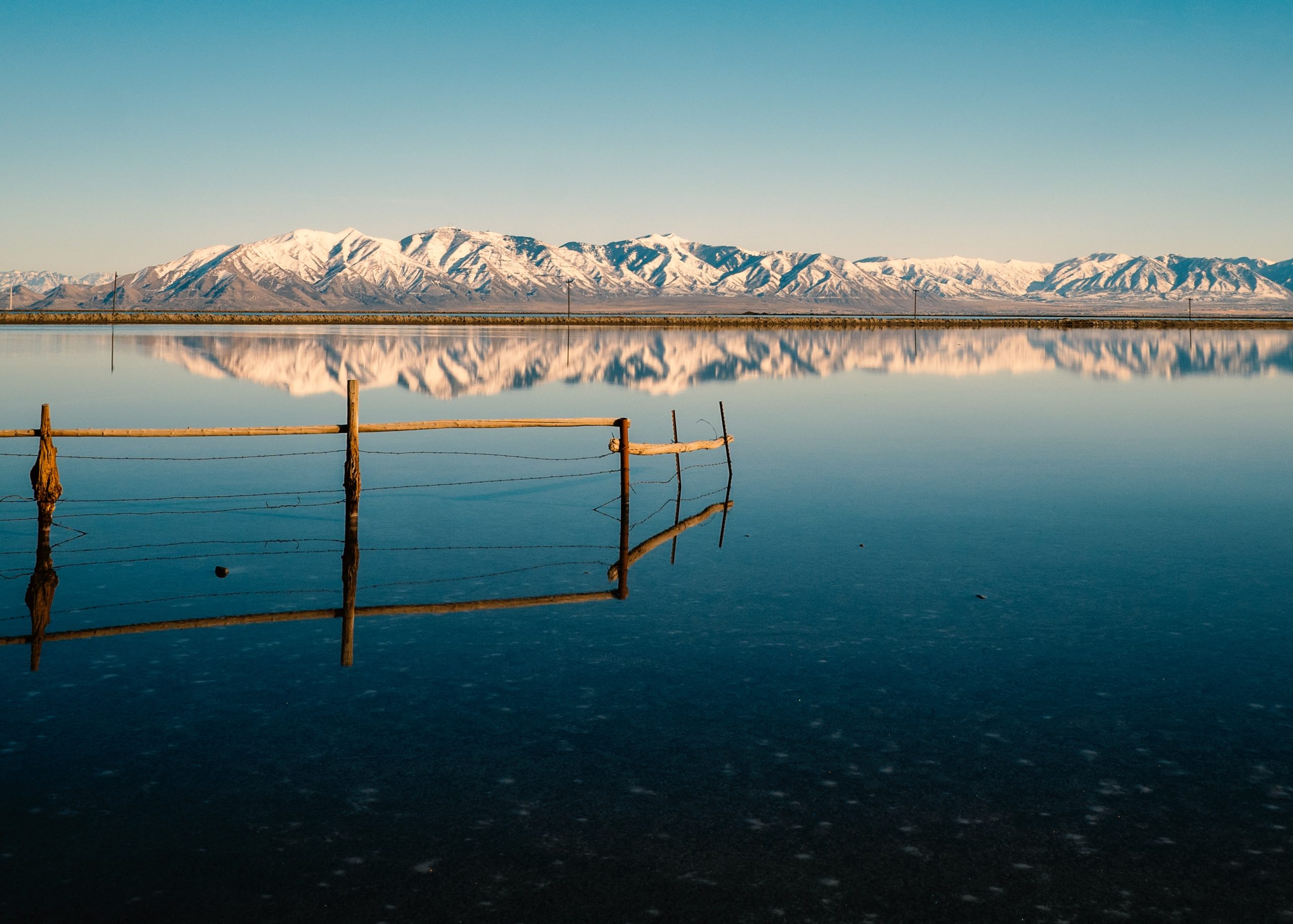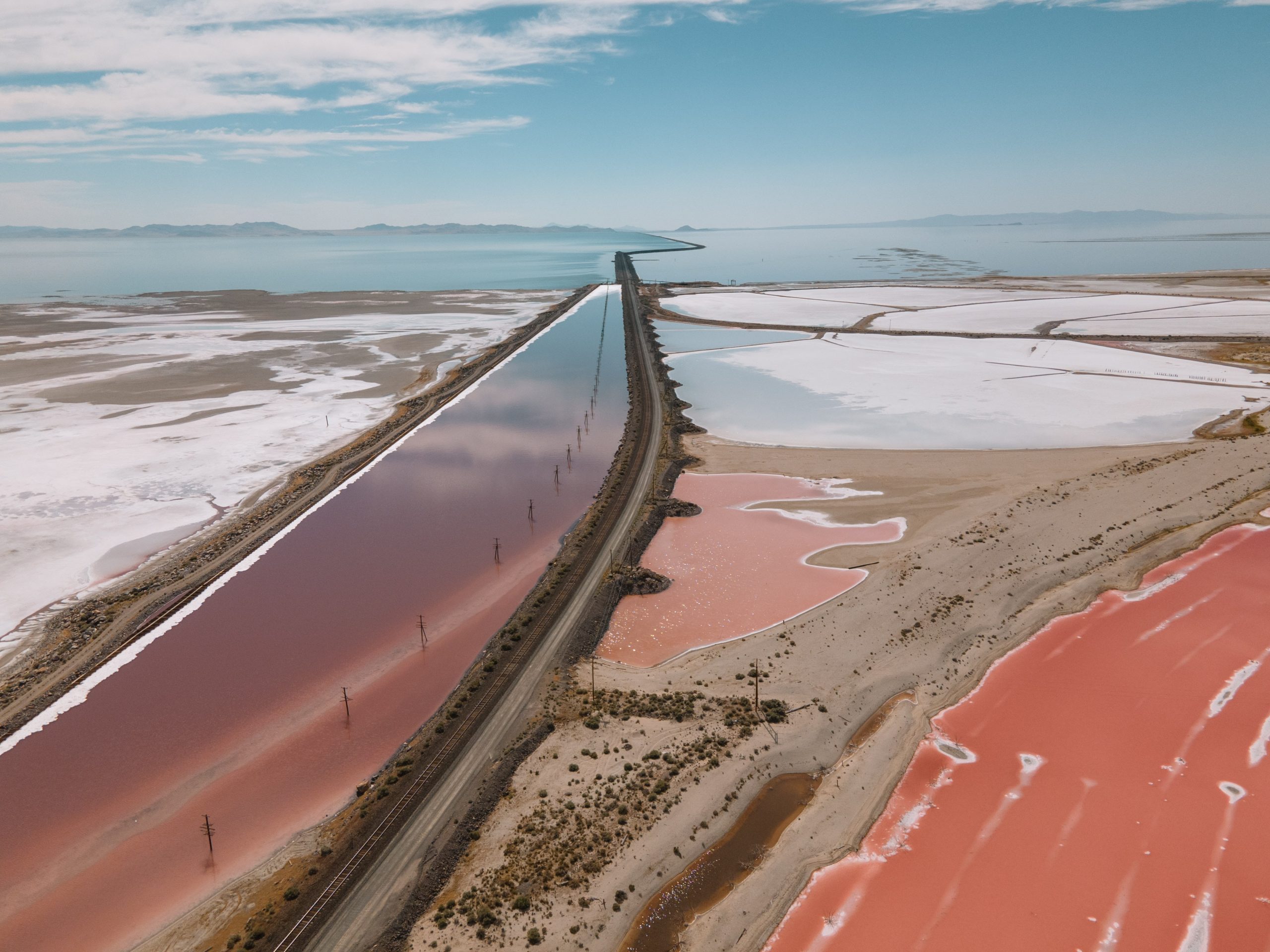
The Great Salt Lake in Utah is currently losing water at a rate of 1.2 million acre-feet per year. This equates to over 391,021,130,000 gallons of water disappearing from the lake per year. Several universities and environmental organizations wrote a report this year sounding the alarm about this potential ecological catastrophe. They claim that if the lake continues to shrink at this rate then it could completely disappear by 2027.
If the lake does dry, it would result in the potential environmental and economic collapse of Salt Lake City. The substances lying in the bed of the lake are hazardous to people and exposure to the chemicals could result in Salt Lake City becoming uninhabitable. Joel Ferry, executive director of the Utah Department of Natural Resources, alerted the New York Times that the disappearance of the lake is like an “environmental nuclear bomb.”

Solutions like an enormous pipeline from the Pacific Ocean have been discussed to replenish the lake. However, Ben Abbott, an assistant professor of ecosystem ecology at Brigham Young University, explained to Axios that water conservation methods are the most effective and cost-efficient.
This is not the first time that the booming city faced the issue of the potential collapse of the Great Salt Lake. Folks in the 1980s experienced a similar issue but were rescued by an unprecedented period of wet weather that replenished the lake. Since then, the lake’s water levels have been on a steady and alarming decline.
In desperate attempts, Utah lawmakers passed a $40 million bill last year to address the issue. Additionally, last month a $25 million federal bill was passed to research salt lakes in the western U.S.
Regardless of how it sounds, scientists are not all doom and gloom. Many are hopeful and believe that we can reverse this issue with aggressive and smart maneuvers.

Salt lake corridor is been overrun with eastern transplants, go talk to anyone you don’t know, most are from elsewhere. This is what we humans do, you go to a nice low population area and pack it with people and their stuff till the place is no longer a nice place to live. You over build, over capitalize, pollute, etc… the earth is finite, yet we treat as infinite.
The rivers that feed Salt Lake are being sequestered in reservoirs to supply fresh water to a rapidly growing population and only the excess, if any, is flowing to the lake. As drought has set in for years so have the river flows diminished. Climate change knows no political masters and will impact everyone with varying degrees of economic cost. Denial, politics, and name-calling are not going to solve this problem. Putting our heads together and doing the work could turn this around, but I believe it may already be too late as It takes guts and determination to change course. My advice, sell and move to someplace that isn’t impacted by climate change, like the moon, maybe?
This is another example of hyperbole and false assumptions by some far left “ environmental dictators”. The salt lake is fed by a river system which all feeds into the Jordan river. This river then delivers water to the salt lake continuously. It has done this for hundreds of thousands of years. The water which goes into the salt lake never leaves it. That is why it is salty. Natural evaporation of the fresh water going into it leaves the concentrated salts.
If the salt lake disappears in 2027 that would mean that all of the rivers that feed into it have also completely ceased to provide any water. They would have all dried up and would no longer exist. This is not going to happen. If this did happen then the 2 million people who live in the wasatch front would have no source of water.
Great podcast on Last Chair (Ski Utah) podcast about this – most of the water drain is from landscaping usage since most development uses water that goes back via treatment plants.
1.2million acre-feet is ~391,021,130,000 gallons, not 300,000 gallons….
ever hear of https://letmegooglethat.com/